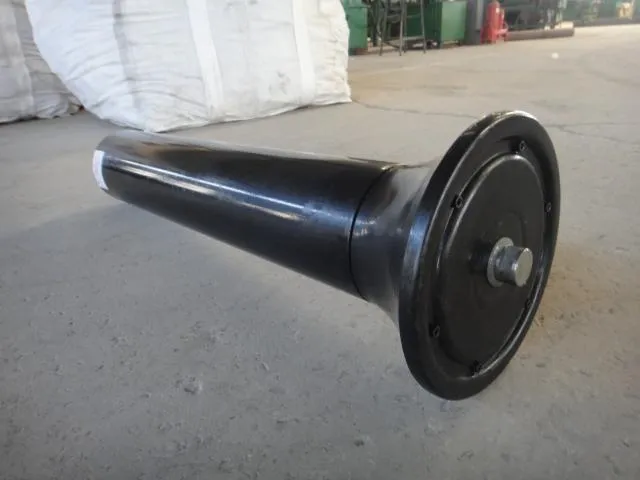 Afrikaans
Afrikaans  Albanian
Albanian  Amharic
Amharic  Arabic
Arabic  Armenian
Armenian  Azerbaijani
Azerbaijani  Basque
Basque  Belarusian
Belarusian  Bengali
Bengali  Bosnian
Bosnian  Bulgarian
Bulgarian  Catalan
Catalan  Cebuano
Cebuano  Corsican
Corsican  Croatian
Croatian  Czech
Czech  Danish
Danish  Dutch
Dutch  English
English  Esperanto
Esperanto  Estonian
Estonian  Finnish
Finnish  French
French  Frisian
Frisian  Galician
Galician  Georgian
Georgian  German
German  Greek
Greek  Gujarati
Gujarati  Haitian Creole
Haitian Creole  hausa
hausa  hawaiian
hawaiian  Hebrew
Hebrew  Hindi
Hindi  Miao
Miao  Hungarian
Hungarian  Icelandic
Icelandic  igbo
igbo  Indonesian
Indonesian  irish
irish  Italian
Italian  Japanese
Japanese  Javanese
Javanese  Kannada
Kannada  kazakh
kazakh  Khmer
Khmer  Rwandese
Rwandese  Korean
Korean  Kurdish
Kurdish  Kyrgyz
Kyrgyz  Lao
Lao  Latin
Latin  Latvian
Latvian  Lithuanian
Lithuanian  Luxembourgish
Luxembourgish  Macedonian
Macedonian  Malgashi
Malgashi  Malay
Malay  Malayalam
Malayalam  Maltese
Maltese  Maori
Maori  Marathi
Marathi  Mongolian
Mongolian  Myanmar
Myanmar  Nepali
Nepali  Norwegian
Norwegian  Norwegian
Norwegian  Occitan
Occitan  Pashto
Pashto  Persian
Persian  Polish
Polish  Portuguese
Portuguese  Punjabi
Punjabi  Romanian
Romanian  Russian
Russian  Samoan
Samoan  Scottish Gaelic
Scottish Gaelic  Serbian
Serbian  Sesotho
Sesotho  Shona
Shona  Sindhi
Sindhi  Sinhala
Sinhala  Slovak
Slovak  Slovenian
Slovenian  Somali
Somali  Spanish
Spanish  Sundanese
Sundanese  Swahili
Swahili  Swedish
Swedish  Tagalog
Tagalog  Tajik
Tajik  Tamil
Tamil  Tatar
Tatar  Telugu
Telugu  Thai
Thai  Turkish
Turkish  Turkmen
Turkmen  Ukrainian
Ukrainian  Urdu
Urdu  Uighur
Uighur  Uzbek
Uzbek  Vietnamese
Vietnamese  Welsh
Welsh  Bantu
Bantu  Yiddish
Yiddish  Yoruba
Yoruba  Zulu
Zulu The Vital Role of Idler Rollers in Conveyor Belt Systems
Conveyor belts are essential components in various industries, from manufacturing and logistics to mining and agriculture. They simplify the conveying of materials, reducing manual labor and increasing efficiency. One critical element that ensures the smooth operation of conveyor belts is the idler roller. In this article, we will explore the importance of idler rollers, their types, and the benefits they bring to conveyor belt systems.
Idler Rollers: Enhancing Conveyor Belt Efficiency
Idler rollers are cylindrical components that support and guide the conveyor belt as it moves through the system. They are strategically placed along the belt's path, providing stability and preventing sagging. Idler rollers play a crucial role in maintaining the belt's tension and alignment, ensuring optimal performance and preventing material spillage.
Training Idler Rollers: Ensuring Proper Belt Alignment
Training idler rollers are specifically designed to correct any misalignment issues in conveyor belts. These rollers are equipped with side wings or flanges that guide the belt back to its proper path, preventing it from deviating. Training idler rollers are essential in maintaining the belt's aligning and preventing damage caused by misalignment, such as belt wear and excessive wear on other conveyor components.
Idler Rollers in Conveyor Belt Systems: Ensuring Material Flow Smoothly
The flow of materials smoothly is vital in any conveyor belt system. Idler rollers are critical in achieving this smoothness. By evenly distributing the load on the belt and preventing any obstructions, idler rollers ensure that materials move efficiently and without interruptions. This not only increases productivity but also reduces the risk of material damage or loss during transportation.
Polyurethane Idler Rollers: Durability and Longevity
Polyurethane idler rollers are known for their durability and longevity. The rubber coating provides excellent resistance to abrasion, ensuring that the rollers can withstand the demands of continuous operation. Additionally, the rubber surface reduces noise levels and vibrations, creating a quieter and more stable working environment. With proper maintenance and regular inspections, Polyurethane idler rollers can provide years of reliable service, minimizing downtime and replacement costs.
Idler rollers are indispensable components in conveyor belt systems. They enhance efficiency, correct misalignment, ensure smooth material flow, and offer durability and longevity. By understanding the importance of idler rollers and selecting the right type for your specific application, you can optimize the performance and lifespan of your conveyor belt system. Invest in high-quality idler rollers to ensure the smooth and efficient operation of your material handling processes.
-
Impact Roller for Belt Conveyor – Durable Solutions for IndustryNewsNov.24,2025
-
Rubber Conveyor Rollers – Quiet, Durable, Sealed BearingsNewsNov.24,2025
-
Industrial Conveyor Belt Rollers: Durable Solutions for Harsh EnvironmentsNewsNov.24,2025
-
Idler Rollers for Belt Conveyors | Durable, Low-Noise OEMNewsNov.24,2025
-
Durable Rubber Conveyor Belt Rollers for Industrial UseNewsNov.24,2025
-
Ceramic Lagging Conveyor Pulley – Anti-Slip, Wear-ResistantNewsNov.17,2025































